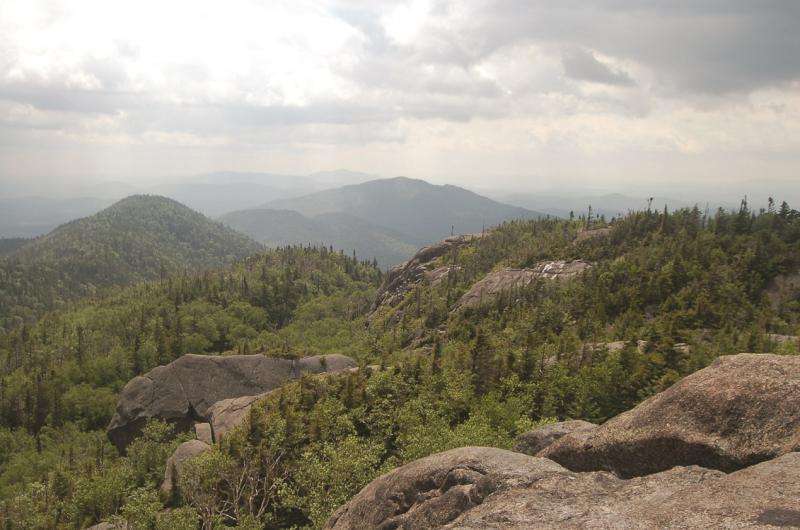With invasive insects and development looming, New York forest land may be peaking

With 63 percent of the state forested, New York may be nearing a peak in forest land. In a comprehensive inventory of the state's forests conducted between 2008 and 2012, researchers with the USDA Forest Service's Forest Inventory & Analysis (FIA) program found that while the amount of forested land continues to increase, the rate of that increase is slowing while fragmentation and damaging invasive insects are taking a greater toll on forests.
'New York Forests, 2012' is available online at http://www.nrs.fs.fed.us/pubs/49753. The report is available in pdf format, and for the first time the Forest Service's Northern Research Station is also publishing the report as an e-book for use on mobile devices including tablets and smart phones.
"Maintaining healthy, functioning forest ecosystems that provide a full range of benefits and services now and for the future requires sound science," said Michael T. Rains, Director of the Northern Research Station and the Forest Products Laboratory. "The Forest Inventory and Analysis Program of the USDA Forest Service is developing science-based tools and knowledge that can help public and private land managers make decisions that will assure healthy, sustainable forests that are more resilient."
After decades of significant increases, gains in forested land have slowed considerably; since 1993, forest land area increased by just 2 percent. Meanwhile, less farmland is being converted to forest, and increases in the state's population have resulted in increased development of forest land for non-forest uses, such as roads, housing and shopping centers. Emerald ash borer is threatening the state's ash trees while hemlock trees are facing an invasion by the hemlock wooly adelgid and may fade from the landscape over the next two decades.
The future of the state's forests is largely in the hands of private forest owners, who collectively own 14.2 million acres, or 75 percent, of the State's total forest land. Of this, family forest owners own 57 percent of the State's forest land. A quarter of New York forest land is owned by public owners, with the State owning most of the publically owned forest land.
"Decisions by forest owners today will shape the future of New York's forests," said Richard Widmann, a forester with FIA and lead author of the New York report. "Forest sustainability will depend on owners practicing stewardship and conservation."
Provided by USDA Forest Service



















